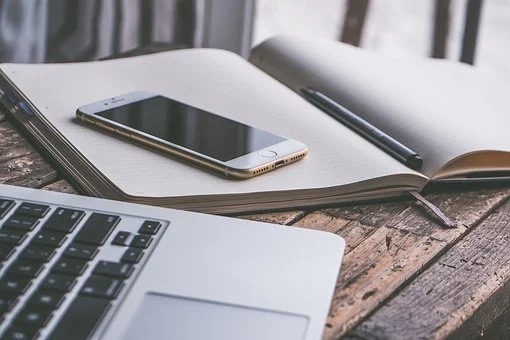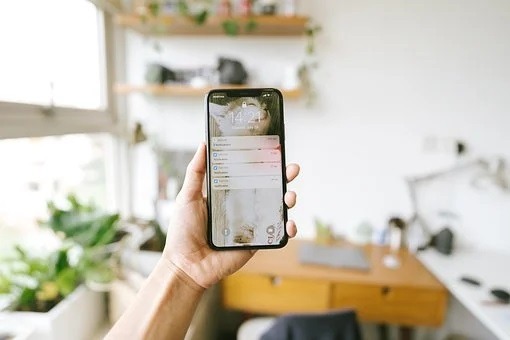Mobile phones are used for nearly everything, including shopping, banking, gaming, photography, and chatting. People are, nevertheless, highly conscious of battery levels because they are so vital.
According to a survey conducted by LG, 90% of individuals have ‘low battery anxiety,’ which is concerned that their phone may run out of power before it can be recharged.
What if you plug in your phone and it refuses to charge? Is it necessary to change the battery? Worst of all, how long do you think you’ll be without your phone?
What causes a charging port to become clogged?
Surprisingly, dust is one of the most prevalent causes of charging issues.
Since the iPhone’s charging port is on the bottom and exposed to the weather, it can accumulate lint, dirt, and other debris from any location, even a backpack or shirt pocket.
It can become clogged with dust from your home or soiled from a breezy picnic table in the park.
Dust prevents a good electrical connection when you insert your charging cable; thus, no power is directed into the battery. The phone will not charge if the connection is poor. Therefore it’s important to clean your charging port and remove the filth.
Another reason that your iPhone might have become dirty is when you mistakenly spilled some juice or coke and your charging port came in contact.
In such scenarios, cleaning the charging port becomes necessary; therefore, below is a definitive guide to repairing a phone, including how to efficiently clean the phone’s charging port.
A quick guide to cleaning your charging port
The lightning connector is the charging port found on the bottom of all iPhones manufactured.
If you try to insert a lightning cable and it feels flaky, it disconnects if you lightly tap the cable or phone or won’t fully insert it; the issue could be with the cable or the lightning port on your iPhone.
Borrow or buy a known-working lightning cable, plug it into your iPhone, and observe if the connection issue persists.
If the new cable solved the problem, your previous cable was either damaged or unclean. If the replacement cable does not cure the problem, the connector on your iPhone is faulty.
The accumulation of pocket lint or dust in the lightning port on iPhones is a typical problem, and this physically interferes with the lightning cable connection.
Fortunately, as we’ll see below, cleaning up the port is rather simple.
Steps to follow:
- Before beginning, turn off your iPhone if you haven’t already.
- Get a torch and see what you’re up against next. It’s also good to check your progress after each stage to see how far you’ve progressed.
- Apple does not recommend cleaning iPhones using compressed air. However, because this is a widely used and effective practice, we’ve included guidelines for anyone who wants to use it.
- Hold a good can of compressed air, such as Falcon Dust, and blow the port a few times to remove any accumulated dust.
- After that, plug your iPhone back in to see if the issue has been repaired. Proceed to the following step if this is not the case.
- You can use a toothpick to clear any visual material but do so with caution because the charging port is easily damaged.
- Some websites propose wrapping a toothpick in cotton; however, this may contribute to the debris in the port; therefore, we recommend sticking with the toothpick.
- Input the toothpick gently and move it from corner to corner to see if any dirt is immediately cleaned up. Don’t put any strain on it at this point.
- Between movements, keep plugging in the phone to verify if the issue has been rectified.
- If there is debris on the toothpick, wipe it out with a dry cloth or start over with a new toothpick.
- Between movements, keep plugging in the phone to verify if the issue has been rectified.
- If there’s still no response, gently scrape the toothpick against the port’s walls, examining it for muck frequently. Because the port is so easily broken, it’s critical that you only apply mild pressure to it. Also, keep a safe distance from the port’s sides, as the anchors are particularly vulnerable.
- If you’re using compressed air, blast the port a couple of times between toothpick insertions. You shouldn’t use anything other than a toothpick because metal instruments will harm the port and force it to be replaced, which isn’t ideal.
- Repeat the cleaning procedure till the iPhone responds. If you haven’t had any luck, you’ll have to take it to an expert.
Trust certified iPhone repair specialists to clean the charging port of your iPhone
So, contact Simply Fixable and end your days of slow phone charging.


